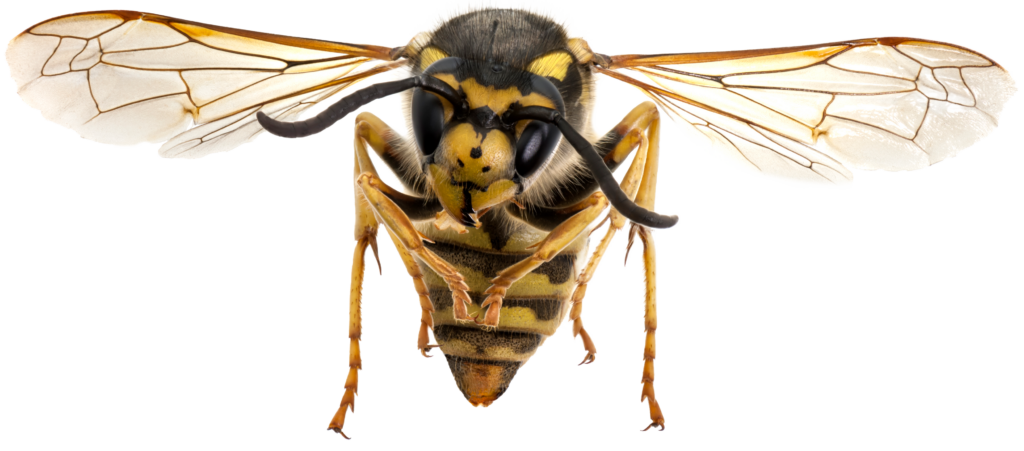Autumn and winter are Mexican jumping bean season. Many people in North America have seen Mexican jumping beans, perhaps as a child’s novelty or prank. Before I was six years old, my father placed the beans in my hand and told me to stay still and watch. Within a few seconds, the beans moved suddenly on their own. Upon first experience, all of us likely asked why the beans move. Perhaps we got an answer, and if so it was likely only half an answer. In science we are careful to distinguish proximate from ultimate causality, and “why do they jump” would have two different answers, one for “what is the mechanism that causes the motion” (proximate causality), and another for “what function does the motion serve” (ultimate causality). It is unlikely that many children ever asked the second question, and very unlikely that their parents knew the answer.

Many readers already know that the seeds (which are not actually beans) from a woody shrub (Sebastiana pavoniana) that grows in the deserts of Mexico sometimes harbor a small caterpillar. The adult female moth (Cydia saltitans) lays eggs on the seed pod, and the tiny caterpillar bores into the seed where it feeds from within, hollowing out the seed. By the time the shrub sheds its seeds, which come apart neatly as thirds of a sphere, the caterpillar inside is getting rather large compared to the hollowed-out seed. If the caterpillar moves against one side of the seed, the seed will roll over as it becomes off balance. If the caterpillar moves suddenly against the seed wall the force can make the seed jump. That is the answer to the proximate question of what is the mechanism that causes the motion. When we learn this we may feel all-knowing, we are pleased, and we think no further.
For a short video, visit Youtube: https://www.youtube.com/watch?v=o3HxoK_Ywc8
But why do the caterpillars do this? What is the ultimate cause, what function does the jumping serve? Why did this evolve? A clue was provided by the placement of the seeds in the palm of the hand. The caterpillars will generally get active and cause the seed to jump if they are warm or if they are warmed up suddenly. One hypothesis is that in their natural habitat, they would be on the desert floor, and rather than bake to death in the sun, the caterpillar makes its little home move, and move again, until it arrives at a shady spot that is out of the blazing sun. If the caterpillar succeeds in surviving until spring, it will emerge as a moth, living as an adult for only a few days, mating, laying eggs, and starting the cycle again. This ultimate causality is just as interesting as the proximate one, but of course no child would be satisfied if we answered his or her question “why does it jump?” with “so it can find shade.”


